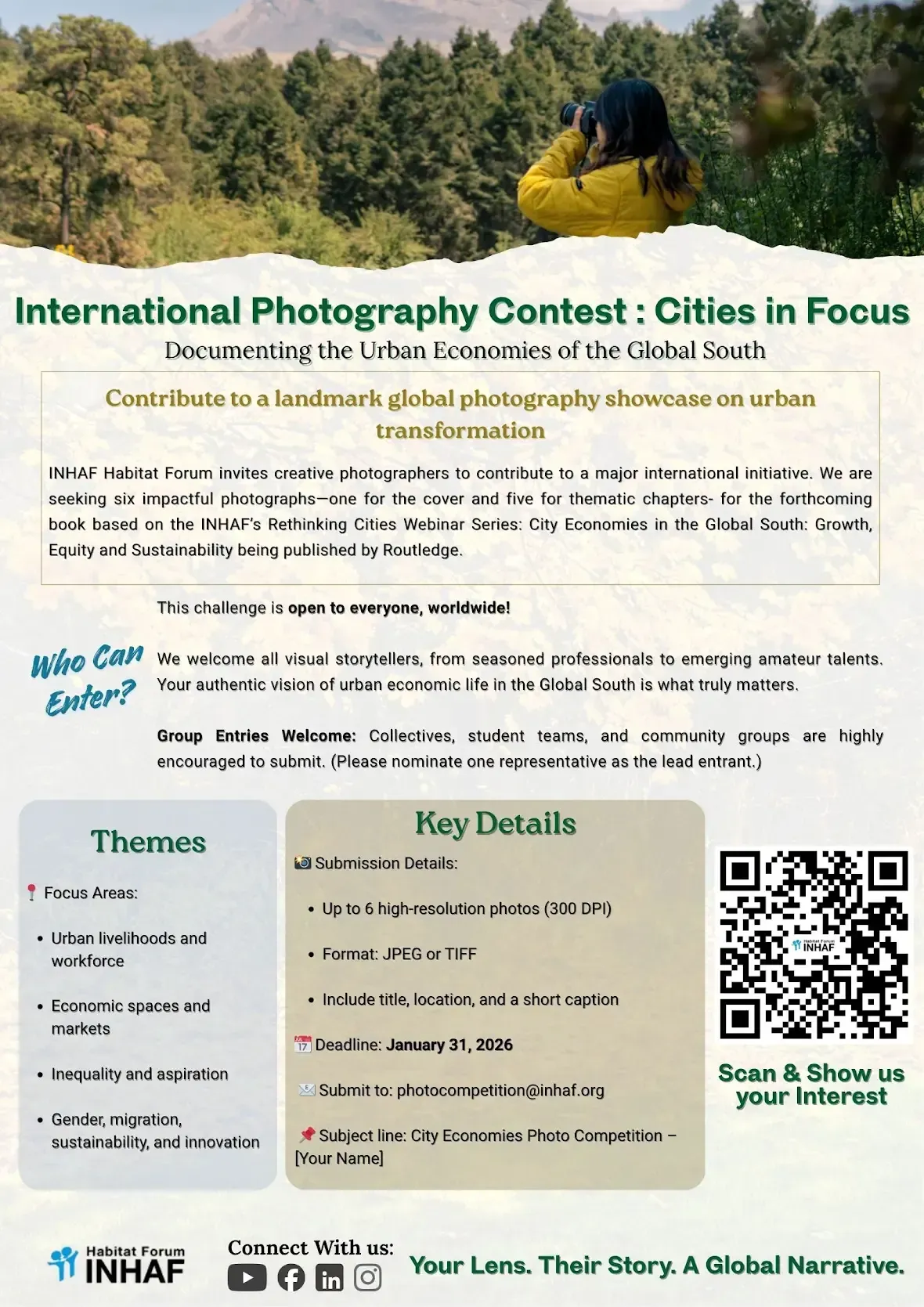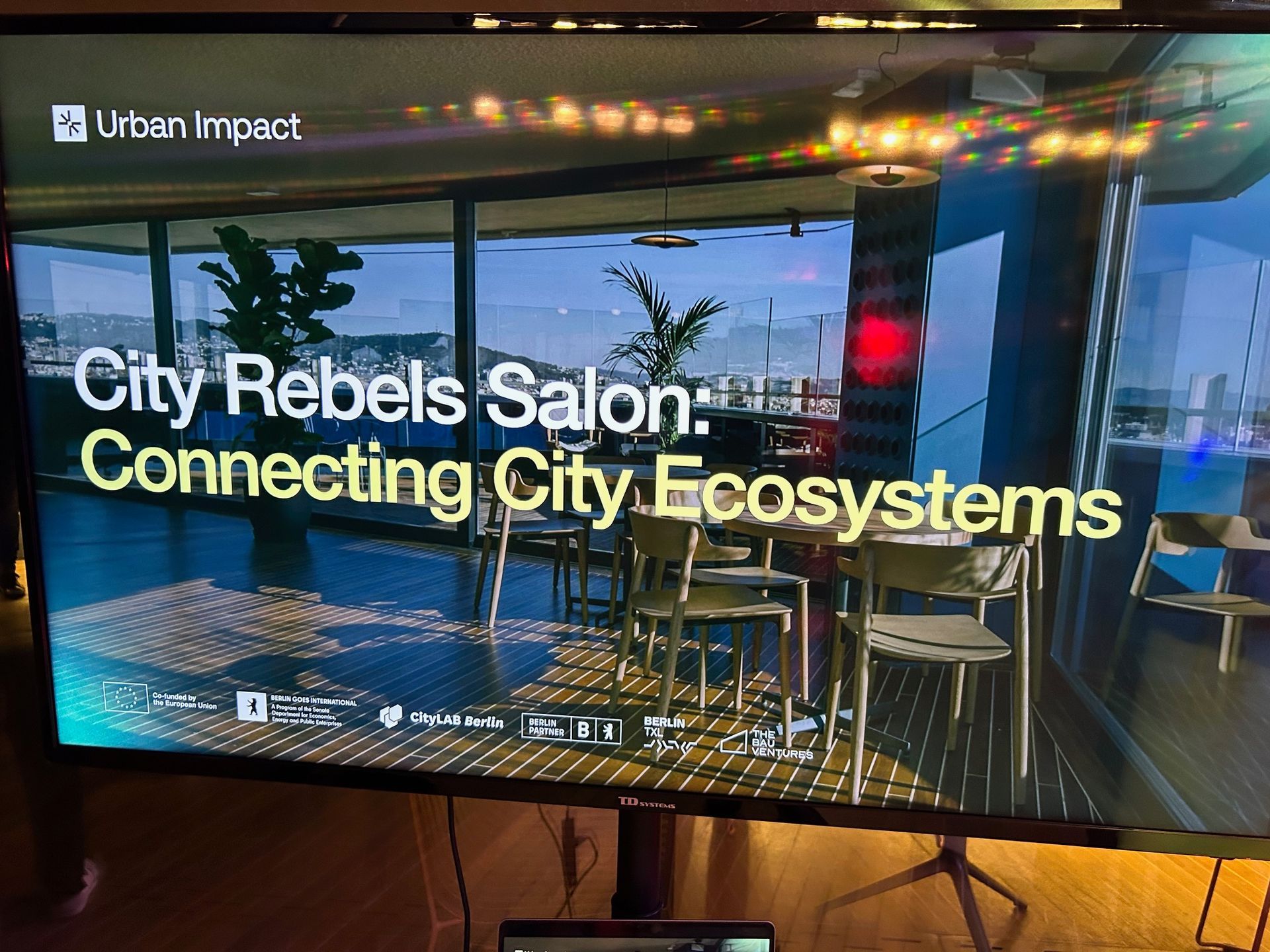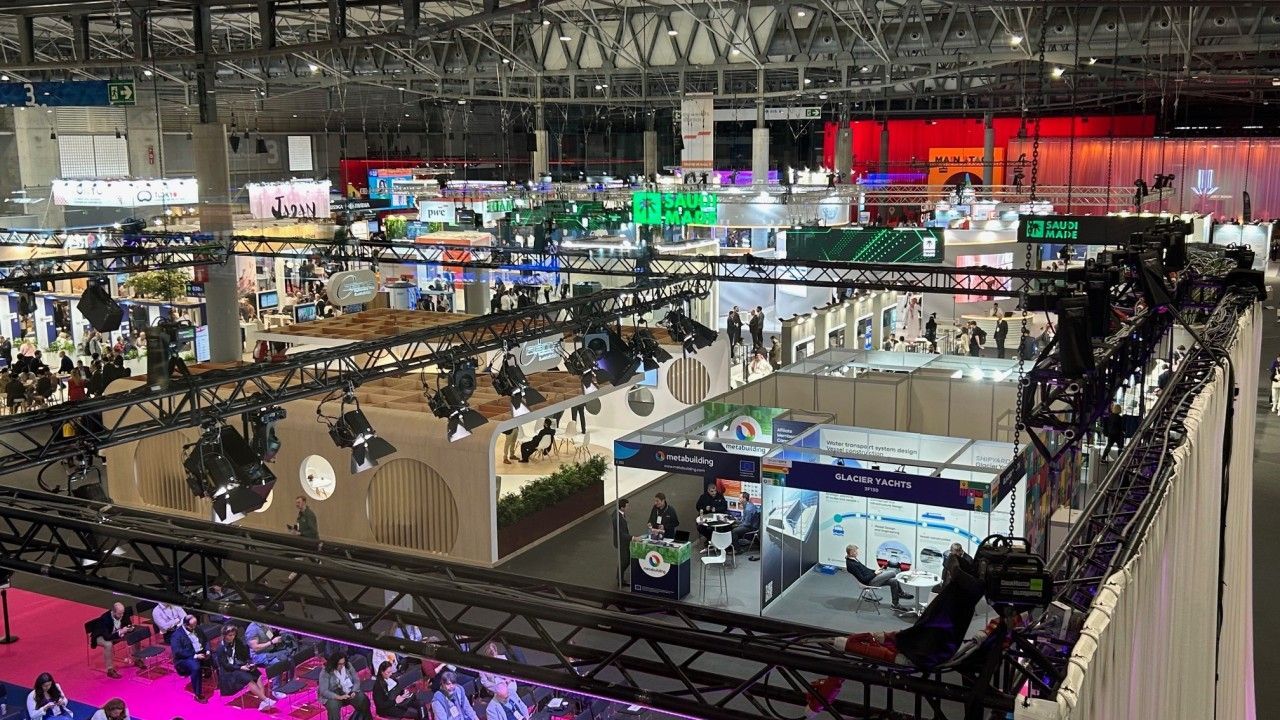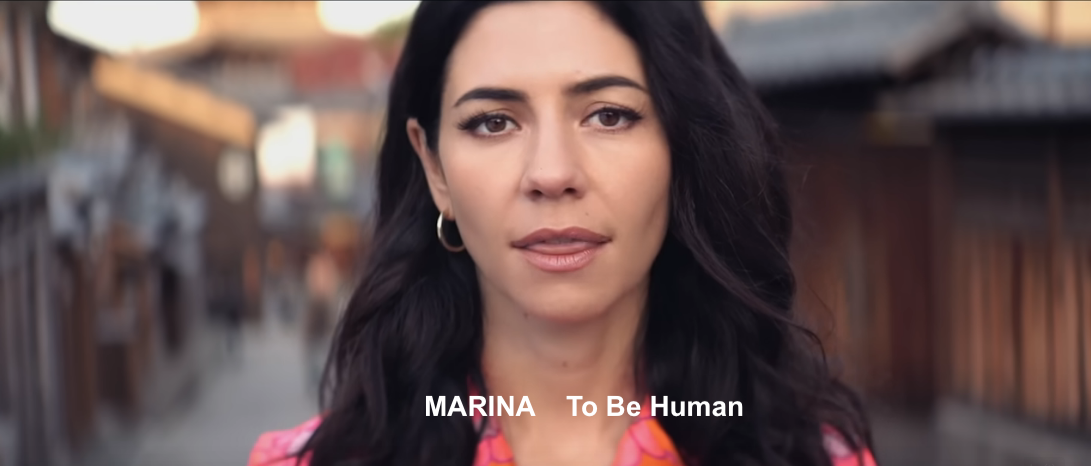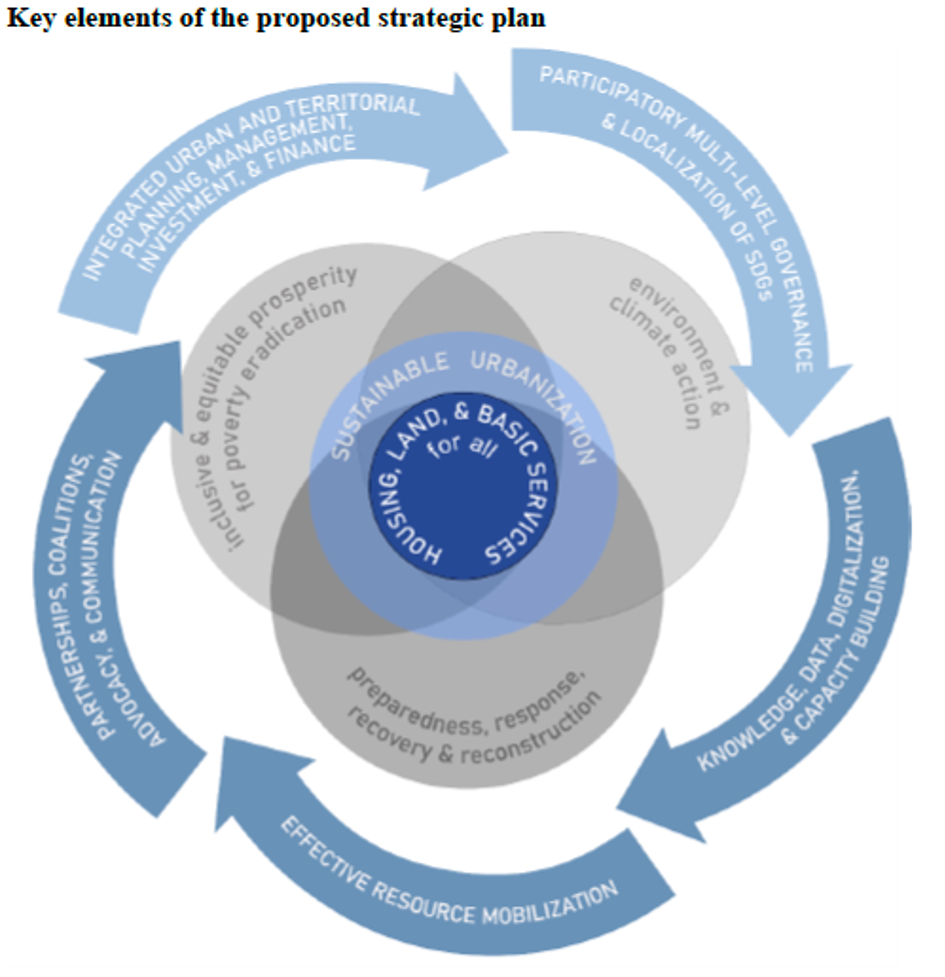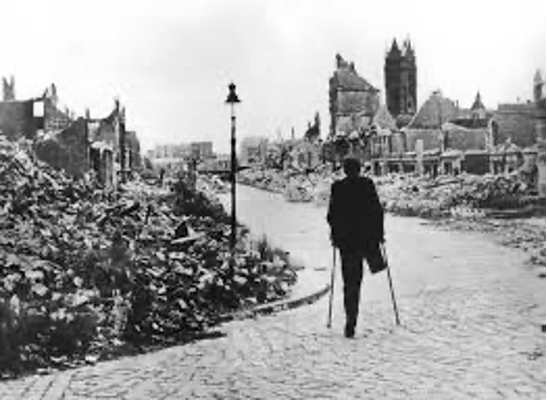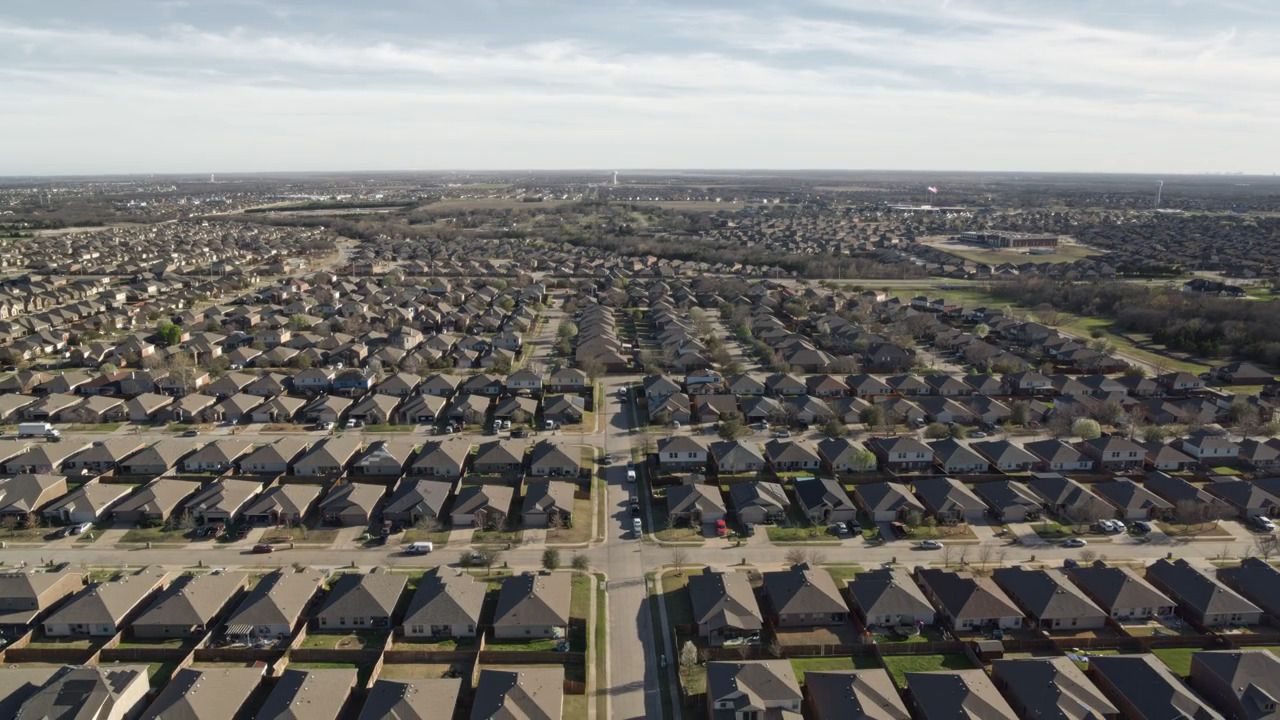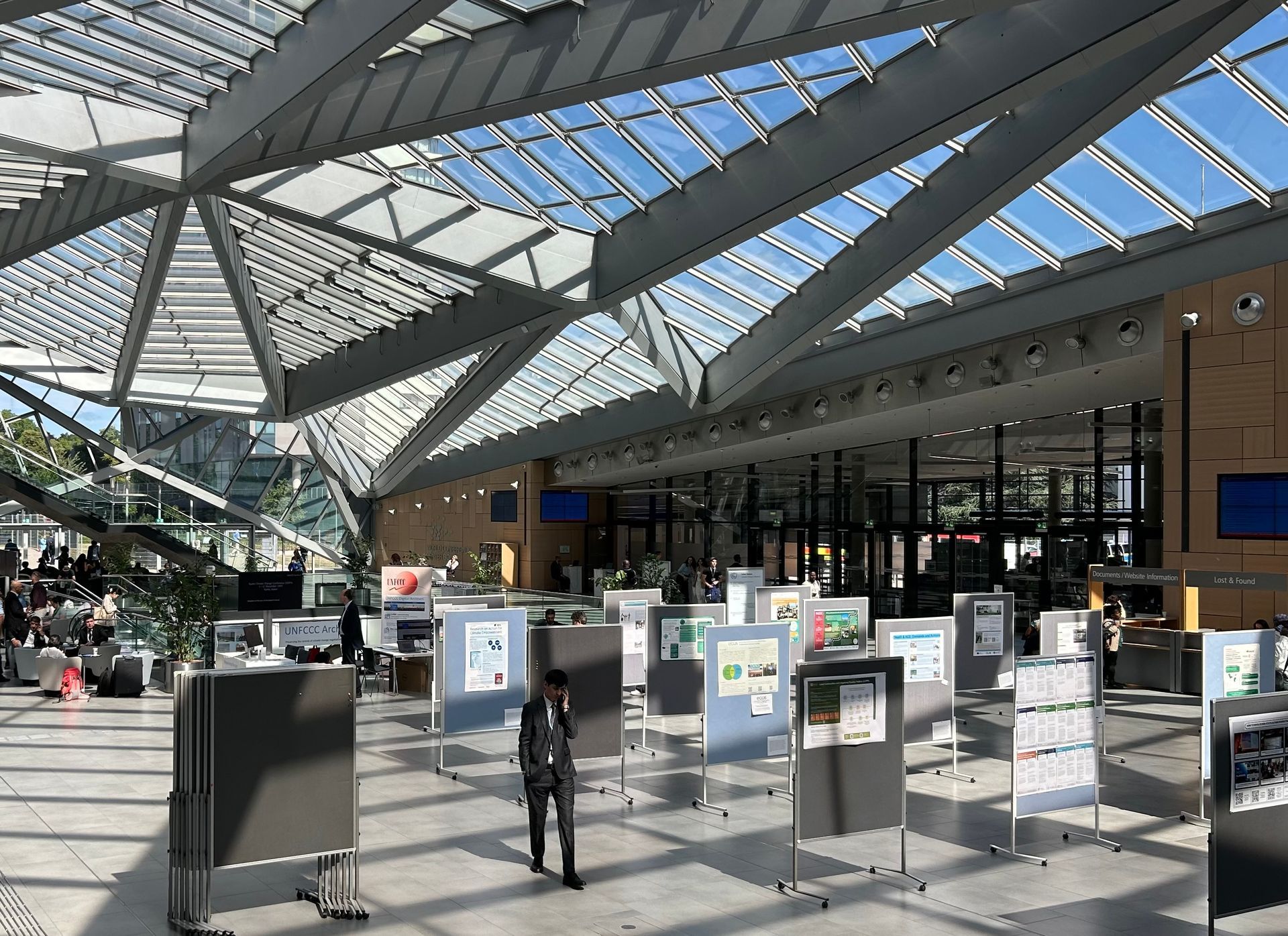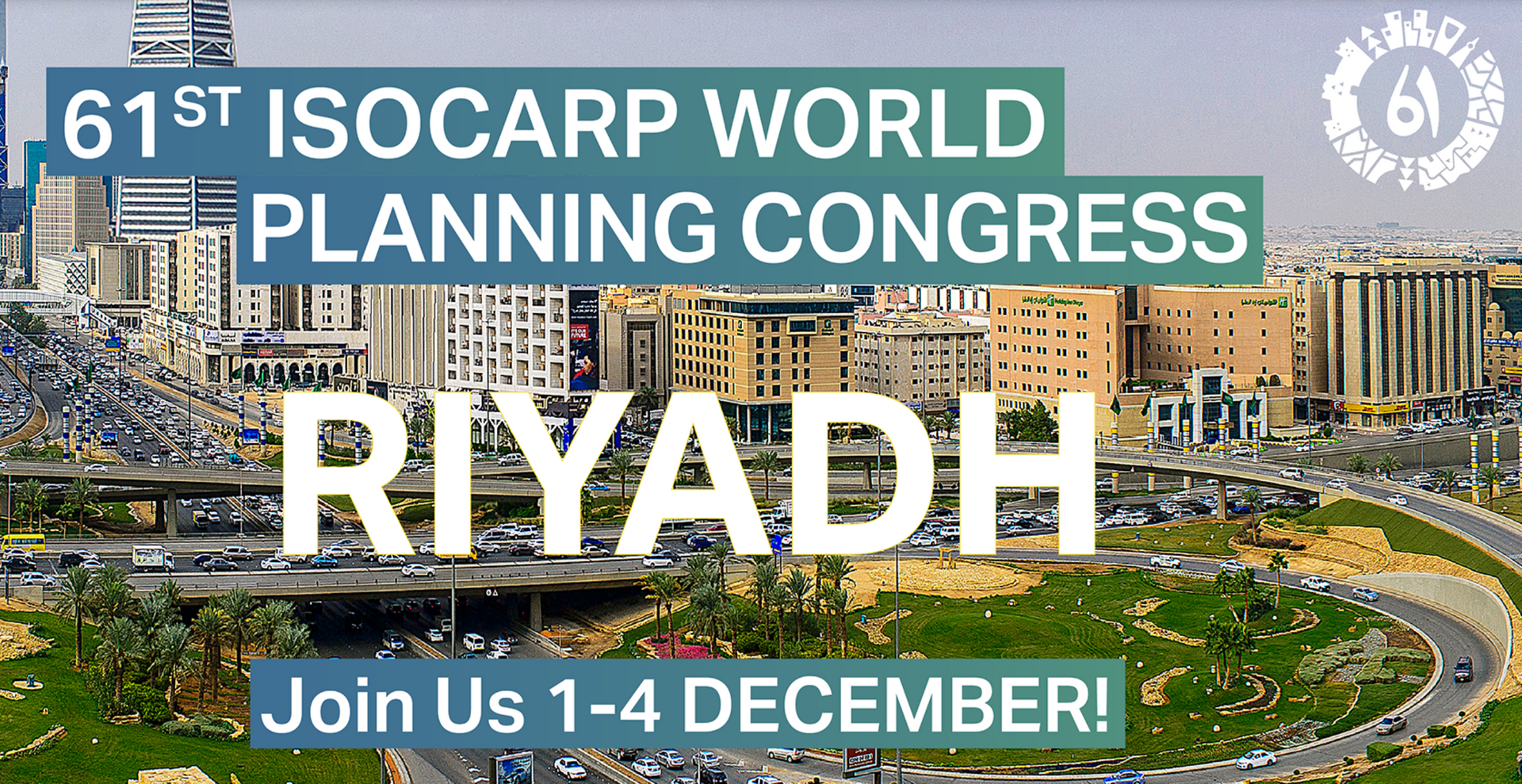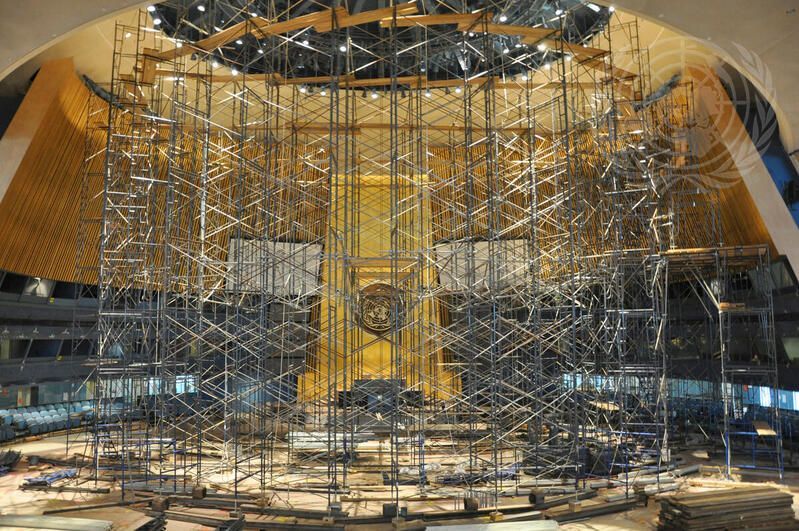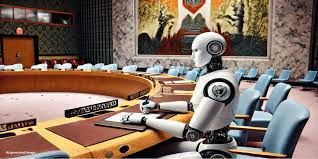Connecting the war in Ukraine and multiple other crises with the agenda for sustainable development. Impossible? Try prioritizing peace, justice, strong institutions and partnership (= SDG 16 and 17)
The disconnect between the international development agenda and multiple crises/conflicts
Thinking about the aggressive invasion of Ukraine it deems difficult to imagine how the forward-looking rule based and cooperative international development agendas (2030 Agenda, Paris Agreement…) can be achieved in face of the reality unfolding in times of war in Ukraine, Corona pandemic and other crises around the world. The war is unfolding between the largest territorial states in Europe and it comes on top of many other internationally crises and challenges. Within just ten days 1,5 million people fled from Ukraine as refugees and the impact of the war starts reverberating across the globe. The implementation of 2030 Agenda and the Paris Agreement depend on voluntary cooperation, lag behind and might get derailed completely.
Is this the end of the SDG and climate goals?
There is a real risk but it’s not inevitable. There is no causal link. So, let’s look for a way out.
Key message of this post is that the 2030 Agenda and the Paris Agreement are by no means lost but to let them survive and achieve their goals it’s necessary to prioritize two out of the Sustainable Development Goals:
- SDG 16 – Promote peaceful and inclusive societies for sustainable development, provide access to justice for all and build effective, accountable and inclusive institutions at all levels
- SDG 17 - Strengthen the means of implementation and revitalize the global partnership for sustainable development
Reading the 2030 Agenda in reverse and connecting it with current crises
The common reading of the Sustainable Development Goals follows the numeric order starting with No Poverty (SDG 1), Zero Hunger (SDG 2), Good Health and Well-Being (SDG 3), Quality Education (SDG 4), Gender Equality (SDG 5) and so forth. The first goals are similar to the former Millenniums Development Goals agreed for the period 2000-2015 and became a kind of basis for the new agenda. Of course, there is no ranking among the SDGs and that may fall back on the 2030 Agenda now! There will be no poverty reduction, zero hunger, good health and well-being, quality education or gender equality without SDG 16 and 17.
All 17 SDGs are interrelated and interdependent and no hierarchy was intended for the 2030 Agenda. Nonetheless, the reality unfolding in front our eyes (or on our screens) tells us that without peace, justice, institutions (SDG 16) and international partnership (SDG 17) the 2030 Agenda and the Paris Agreement on Climate Change are ‘dead agendas walking’ – and that not only in Ukraine and Russia but everywhere. Therefore, with this post I suggest that it is time to learn reading the 2030 Agenda from the back to the front, starting with SDG 16 and 17. Yes, I also suggest to prioritize these two SDGs because they provide the key to reconnect the entire 2030 Agenda, the Paris Agreement and possibly other development agendas with the dramatic and dynamic reality unfolding.
Peace, justice, institutions (SDG 16) and international partnership (SDG 17) as ‘acupuncture points’ to safe the international development agenda
The war in Ukraine is in contrast with all development goals and it reverberates internationally. Ukraine is home to 25% of the world’s famously fertile black soils. The Russian Federation and Ukraine are responsible for 29% of the global wheat trade. Any serious disruption of production and exports from the region could push food prices beyond their current 10-year highs. This will erode food security for millions of people, especially those who are already under stress because of high levels of food inflation in their countries.[1]
In addition, many homes, schools, hospitals and infrastructures are already destroyed in Ukraine. Within 10 days 1,5 million people fled from Ukraine to neighbouring countries. Integrating refugees and rebuilding Ukraine will cost the country and international partners resources and years of work, and this again will reduce efforts otherwise available elsewhere. In addition, a further escalation of the war and its global impact cannot be excluded for the time being. The Russian President has decided to ignore international law, the freedom of Ukrainian and his own Russian people and to threaten that of others. If successful, this would put an end to the world as we know it and that without promising anything good to the world. The awareness about this is growing among UN member states and this explains the clear adoption of last week’s resolution of the UN General Assembly condemning Russia’s invasion of Ukraine.
[1] https://www.wfp.org/news/wfp-ramps-food-operation-ukraine-and-warns-worlds-hungry-cannot-afford-another-conflict
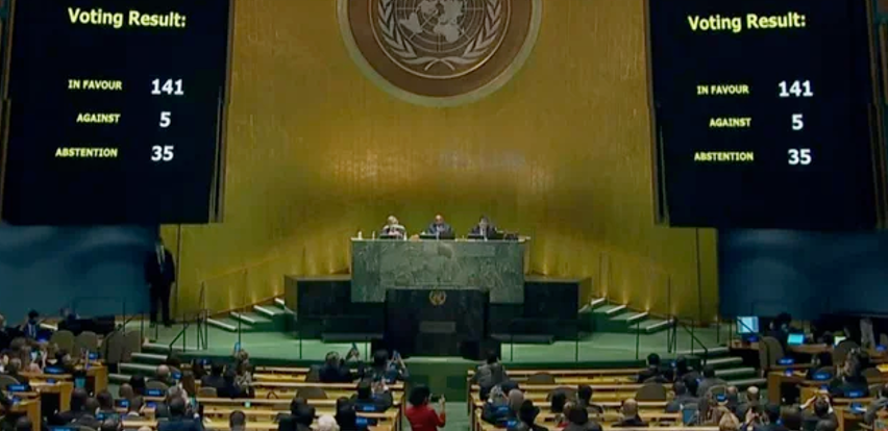
Looking for a positive way out of the situation I suggest prioritizing SDG 16 and SDG 17 and to consider them as a nexus (or as ‘acupuncture points’ as Ericka Toledo Zurita suggested in a LinkedIn discussion[2]) for all other goals.
Good enough governance – yes, but it must be smart and robust enough to prevent a collapse or high jacking of development agendas
When I worked at the UN Secretariat in New York between 2008 and 2013 we had repeated discussion about the role of governance. Especially, the Assistant Secretary General for Economic Development in UN DESA and prominent Malaysian economist Jomo Kwame Sundaram argued against what he calls a ‘good governance trap’. He argued from an economist point of view that there is little evidence that implementing good-governance reforms leads to more rapid and inclusive economic and social development. In fact, the focus on governance reform – based on a wide variety of one-size-fits-all indicators – may actually be undermining developing countries’ progress. [3] According to Jomo,
“the World Bank, using well over 100 indicators, introduced a composite index of good governance, based on perceptions of voice and accountability, political stability and the absence of violence, government effectiveness, regulatory quality, the rule of law, and levels of corruption. By claiming that it had found a strong correlation between its governance indicators and economic performance, the Bank fuelled hope that the key to economic progress had been found.”
He argues that this governance-focused approach may have actually undermined development efforts and also complicated the work of governments unnecessarily.
“Moreover, the required reforms are so wide-ranging that they are beyond the means of most developing countries to implement. As a result, good-governance solutions tend to distract from more effective development efforts.”
His conclusion is clear: the development agenda should not be overloaded with governance reform.
I quote him in this post because he has the important point that a focus on governance is not without risks and International Organizations are not immune to be high jacked by selected interests. However, the economist view on institutions, partnership and governance seems to be too narrowly focussed on economic aspects. I think, even Jomo would not question that the institutional and partnership framework must have a governance good enough to provide for peace, rule based and (just) economic development. And this framework is questioned by the Russian invasion of Ukraine and in its own interest International Organizations must prevent that from happening again. And one way seem to be to make peace, justice, institutions (SDG 16) and international partnership (SDG 17) nexus or acupuncture points for further implementation of 2030 Agenda and Paris Agreement. Peace, justice, strong institutions and partnership are indispensable as enabling environment for goal achievement. I think that the Russian President understands this very well and that it is not by chance that his fight against Ukraine especially targets peace, justice, strong institutions and their international partnerships.
[2] https://www.linkedin.com/posts/graute_video-message-from-the-mayor-of-kyiv-ugcPost-6905484161642299392-5hXq
[3] https://www.project-syndicate.org/commentary/governance-reform-development-agenda-by-jomo-kwame-sundaram-and-michael-t--clark-2015-06
Policies and Governance for Resilient and Sustainable Cities and Regions
